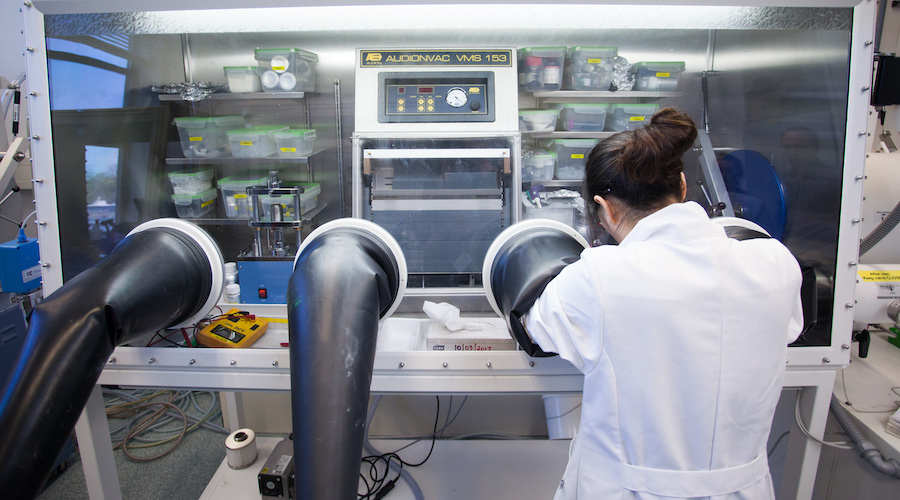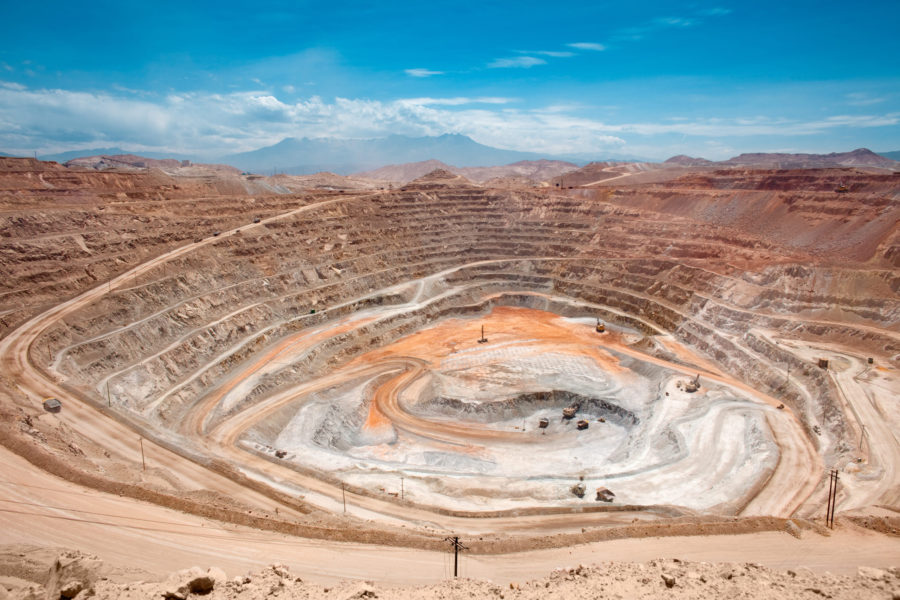Electric vehicle battery makers test a future without lithium

A year and a half ago, China’s CATL put on a flashy event to make an announcement significant enough that Zeng Yuqun, the founder and chairman of the world’s biggest battery maker, served as emcee.
Zeng, who had just passed up Alibaba’s Jack Ma in the Bloomberg Billionaires Index, revealed that CATL was working on battery packs that would use lithium-ion and sodium-ion cells. While sodium is more abundant and offers potential safety benefits over lithium, the latter is dominant in EV batteries. Lithium-ion chemistries offer superior energy density, enabling drivers to travel further between charges.
While CATL laid out steps it was taking toward commercialization, the massive supplier to automakers including Tesla, Geely and BMW has been beaten to the punch — at least to the prototype stage. Last month, Chinese automaker JAC unveiled a test version of its Sehol E10X electric car that was packing sodium-ion cells.
Supplying the cells was HiNa Battery Technologies, a small and relatively new player to China’s battery scene, having been founded in 2017 following years of work at a scientific research institute. The debut of a vehicle using HiNa’s cells has battery experts reconsidering the potential for sodium-ion chemistries to play a role powering future EVs. BloombergNEF and other research firms have been projecting that EVs will be powered almost entirely by lithium-ion batteries.
Sodium-ion batteries can leverage the same manufacturing processes as the lithium-ion industry, meaning the former could benefit from advances that the latter had made over the last decade. The use of similar materials and components — from electrolytes and separators, to aluminum current collectors — means this emerging technology also could benefit from the existing economies of scale.
Sodium-ion batteries are more expensive than lithium-ion today because of low volumes and underdeveloped supply chains. But BNEF sees potential for material savings and energy-density improvements that would provide a viable pathway for sodium-ion cells to cost half what lithium iron phosphate cost today.
That would be a big deal. Lithium iron phosphate, or LFP, is the most common lithium-ion battery chemistry presently, due to a growing preference by automakers for its lower cost and significant energy-density improvements over the last decade.
The major challenge for sodium-ion cells are their lower energy density — cars packing these cells today would have to use heavier batteries for the same amount of kilowatt-hour capacity. The cells in the Sehol E10X use sodium-iron-manganese-copper cathodes and have an energy density of 140 watt-hour per kilogram, which reduces to 120Wh/kg at the battery-pack level. This is 25% lower than current LFP battery packs.
On the other hand, the major advantages to sodium-ion include a more geographically diverse distribution of raw materials. They’re also nonflammable and perform well at low temperatures.
If sodium-ion batteries could take even a small portion of share from lithium-ion batteries, it could help alleviate lithium supply issues and lower overall battery prices for EVs. Of course, there are many ifs and assumptions around input costs and what it will take to scale up. Plus, while the price of lithium has been volatile, it’s been trending downward as of the last four months. Sodium-ion also will have to compete with moving targets, as lithium-ion batteries improve over the long term.
In addition to HiNa and CATL, other sodium-ion upstarts include the UK’s Faradion, which is licensing technology to UK battery manufacturer AMTE Power; Sweden’s Altris; France’s Tiamat and US-based Natron.
HiNa may have been first out of the gate making headlines this year, but BNEF analysts expect more announcements to come. Chinese battery manufacturer Farasis is rumored to be working on sodium-ion batteries for Jiangling Motors Electric Vehicle, a JV majority-owned by French carmaker Renault.
While the auto world can expect to see some cars using sodium-ion batteries, they’re still at least a few years away from meaningful scale. With so much growth ahead for EV battery demand, sodium-ion has the potential to complement lithium-ion cells and help fill gaps in the global market.
(By Yayoi Sekine, with assistance from Linda Lew)
More News
Resouro boosts titanium resource by 37% at Tiros project in Brazil
Total resources are now 1,400 Mt1 at 12% TiO₂ and 4,000 ppm TREO, the company said.
April 09, 2025 | 04:37 pm
Prime Minister Mark Carney vows to speed permits, make Canada energy superpower
The Liberal Party leader said at a campaign stop in Calgary that his government would create a Major Federal Project Office with a “one project, one review” mandate.
April 09, 2025 | 03:34 pm
Peru mining chamber sees copper output up 2-4% this year
That would put Peru's copper production between 2.79 million and 2.85 million metric tons.
April 09, 2025 | 02:53 pm
{{ commodity.name }}
{{ post.title }}
{{ post.excerpt }}
{{ post.date }}




Comments